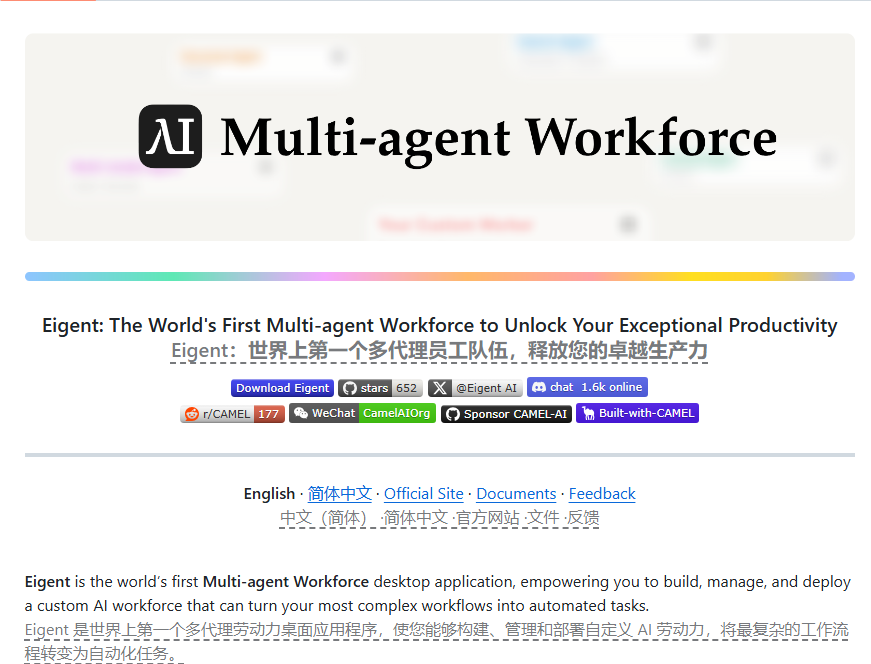Recently, researchers from the University of Tokyo have discovered that the application of artificial intelligence (AI) tools in the taxi driver industry, particularly for drivers with lower skills, can help improve their work efficiency. The study reveals a surprising trend: AI not only helps highly skilled workers but, in some cases, can significantly enhance the performance of low-skilled workers and narrow the skill gap.

Image source note: Image generated by AI, image authorized service provider Midjourney
The research team focused on taxi drivers in Yokohama City, Japan, analyzing an app called AI Navi. This app can predict peak customer demand periods and recommend optimal driving routes to reduce drivers' empty driving time and improve overall efficiency. By comparing drivers with different skill levels, the study found that drivers with lower skills saw their productivity increase by about 7% when using this AI tool, while there was no significant change in the performance of high-skilled drivers.
One of the lead researchers, Professor Yodokawa from the Institute of Public Policy, stated that this discovery suggests that AI can act as a "de-skilling" technology, enhancing the productivity of low-skilled workers and reducing the relative advantage of high-skilled workers. This change challenges the technological development trends over the past few decades, which have been advantageous to technically skilled workers.
To ensure the accuracy of the research results, the research team adopted a unique method to eliminate other factors affecting the efficiency of taxi drivers. Researchers analyzed the randomness of passengers' disembarkation locations, finding that this method is similar to random assignment of experimental and control groups in medical research. This randomness affected the probability of drivers enabling the AI tool, helping the research team more accurately assess the effectiveness of the AI tool.
In addition, the study also revealed some interesting phenomena: although drivers with lower skills have the opportunity to significantly improve their performance through the use of this AI tool, many drivers do not actively use this application. Researchers point out that this situation may be due to insufficient acceptance of new technologies by drivers. For this reason, companies can consider designing retraining programs for employees to help them develop complementary skills with AI tools.
In conclusion, the researchers believe that if AI can help taxi drivers close the skill gap, it may also produce similar effects in other industries. This discovery could impact many professions, such as assistants in the legal industry and pathologists. The advancement of AI will likely benefit low-skilled workers more, promoting equal development across various industries.
Key points:
🌟 AI application improves the efficiency of low-skilled taxi drivers, with average productivity increasing by 7%.
🚕 Technological change challenges tradition, potentially reducing the relative advantage of high-skilled workers.
📈 Companies should focus on employee training to enhance acceptance of new technologies.










